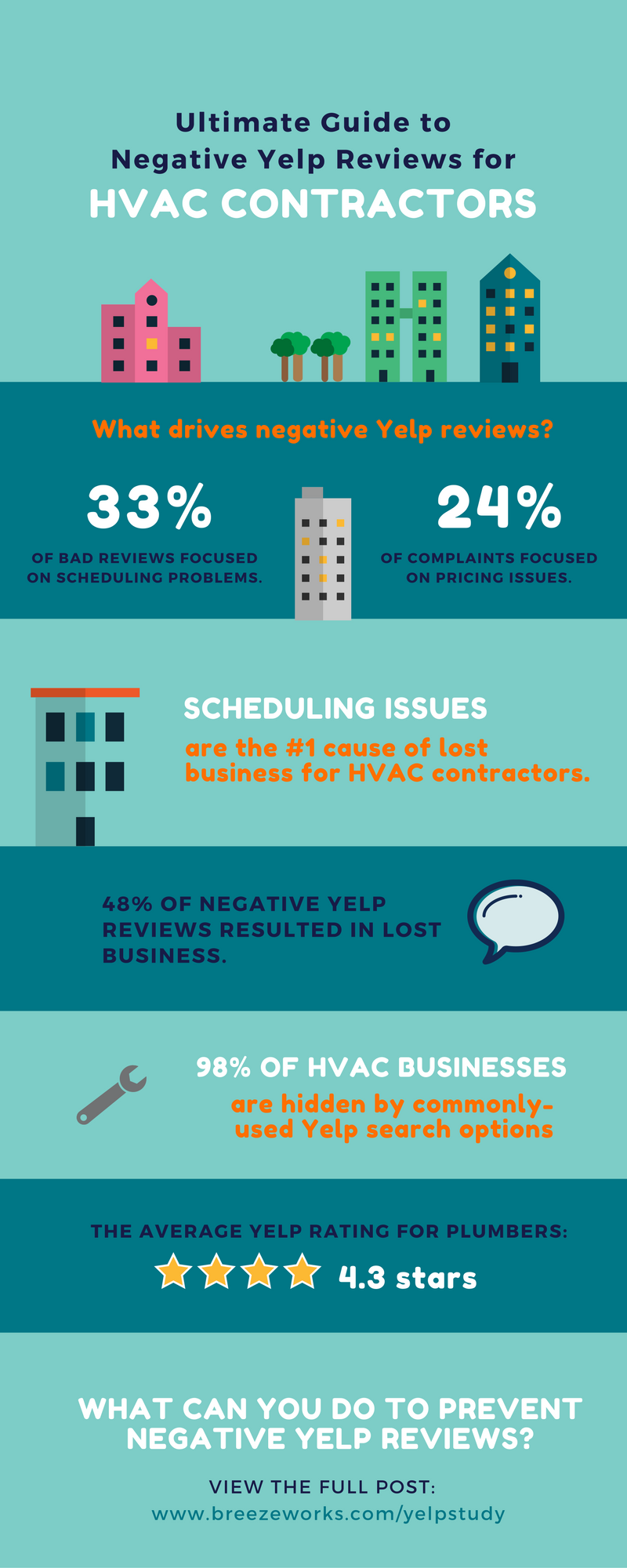The Ultimate Overview To Understanding Heat Pumps - How Do They Function?
The Ultimate Overview To Understanding Heat Pumps - How Do They Function?
Blog Article
Article Written By-Steenberg Hemmingsen
The very best heatpump can save you substantial quantities of cash on power bills. They can also help in reducing greenhouse gas exhausts, particularly if you make use of electricity instead of fossil fuels like lp and home heating oil or electric-resistance heaters.
Heatpump work quite the like air conditioning system do. This makes them a viable option to typical electric home furnace.
Just how They Work
Heatpump cool homes in the summer season and, with a little help from electrical power or natural gas, they provide some of your home's home heating in the winter months. They're an excellent choice for individuals who wish to lower their use nonrenewable fuel sources but aren't ready to change their existing heating system and cooling system.
They rely on the physical reality that even in air that seems too cool, there's still energy present: cozy air is constantly moving, and it wants to relocate right into cooler, lower-pressure atmospheres like your home.
A lot of ENERGY STAR certified heat pumps run at close to their heating or cooling ability throughout most of the year, minimizing on/off cycling and conserving energy. For the very best performance, focus on systems with a high SEER and HSPF ranking.
The Compressor
The heart of the heatpump is the compressor, which is likewise called an air compressor. This mechanical flowing tool makes use of potential energy from power creation to raise the stress of a gas by decreasing its quantity. It is different from a pump because it only works with gases and can not work with fluids, as pumps do.
Atmospheric air goes into the compressor with an inlet valve. It travels around vane-mounted arms with self-adjusting length that divide the interior of the compressor, creating several cavities of differing dimension. best heat pump in nz to move in and out of stage with each other, compressing the air.
https://fredericksburg.today/2022/05/01/better-business-bureau-tips-on-buying-and-servicing-your-hvac-system/ draws in the low-temperature, high-pressure cooling agent vapor from the evaporator and presses it into the warm, pressurized state of a gas. This process is repeated as needed to provide home heating or air conditioning as required. The compressor additionally includes a desuperheater coil that recycles the waste warm and includes superheat to the cooling agent, transforming it from its fluid to vapor state.
The Evaporator
The evaporator in heatpump does the exact same thing as it performs in fridges and a/c, altering fluid refrigerant into an aeriform vapor that eliminates warm from the room. Heatpump systems would certainly not work without this crucial tool.
This part of the system lies inside your home or building in an indoor air trainer, which can be either a ducted or ductless system. It consists of an evaporator coil and the compressor that compresses the low-pressure vapor from the evaporator to high pressure gas.
Heatpump absorb ambient warm from the air, and then use power to transfer that warm to a home or organization in home heating setting. That makes them a whole lot much more energy efficient than electric heating units or heating systems, and because they're utilizing tidy electricity from the grid (and not burning fuel), they likewise generate much less emissions. That's why heat pumps are such wonderful environmental choices. (As well as a significant reason they're becoming so prominent.).
The Thermostat.
Heat pumps are fantastic options for homes in cold climates, and you can utilize them in combination with traditional duct-based systems and even go ductless. They're a great different to fossil fuel furnace or conventional electrical heaters, and they're a lot more sustainable than oil, gas or nuclear heating and cooling devices.
Your thermostat is the most vital element of your heat pump system, and it works extremely in a different way than a conventional thermostat. All mechanical thermostats (all non-electronic ones) work by using materials that transform size with raising temperature level, like coiled bimetallic strips or the increasing wax in an auto radiator shutoff.
These strips include 2 different types of steel, and they're bolted together to form a bridge that finishes an electric circuit connected to your cooling and heating system. As the strip gets warmer, one side of the bridge expands faster than the other, which triggers it to bend and indicate that the heater is required. When the heatpump is in home heating setting, the reversing shutoff turns around the circulation of refrigerant, to ensure that the outdoors coil currently functions as an evaporator and the indoor cylinder ends up being a condenser.